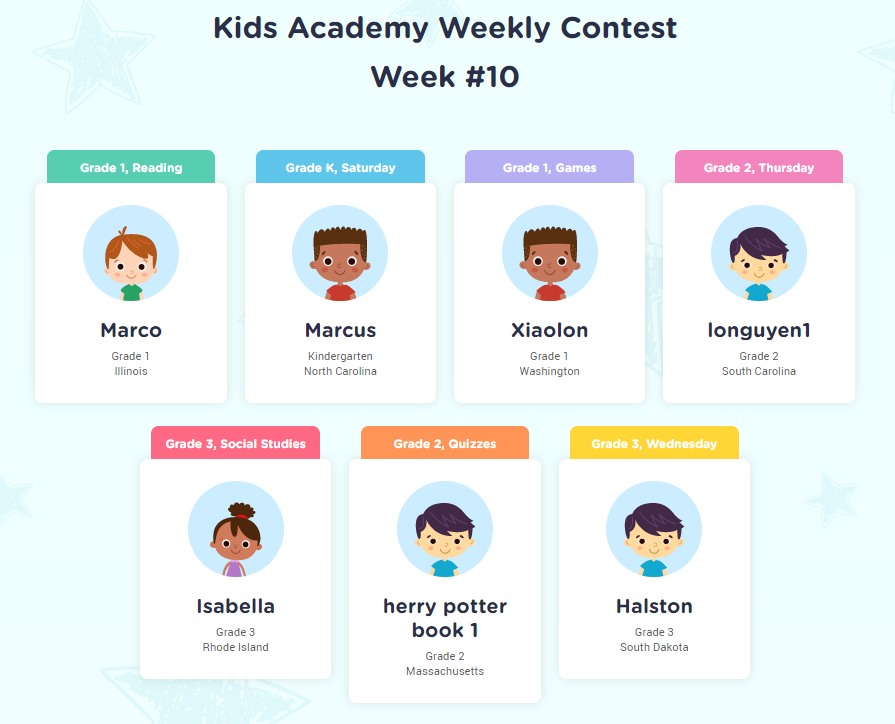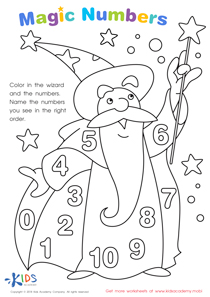Shape Recognition Extra Challenge Worksheets for Ages 4-6
11 filtered results
-
From - To
Explore our "Shape Recognition Extra Challenge Worksheets" designed specifically for children ages 4-6! These engaging worksheets provide a fun and interactive way for young learners to enhance their shape recognition skills. Each worksheet features a variety of stimulating activities that challenge children to identify, differentiate, and match shapes, promoting cognitive development through play. Ideal for use at home or in the classroom, these extra challenges help build confidence and critical thinking abilities while ensuring kids stay motivated and entertained. Encourage your child's love for learning and support their early math skills with these delightful shape recognition worksheets!
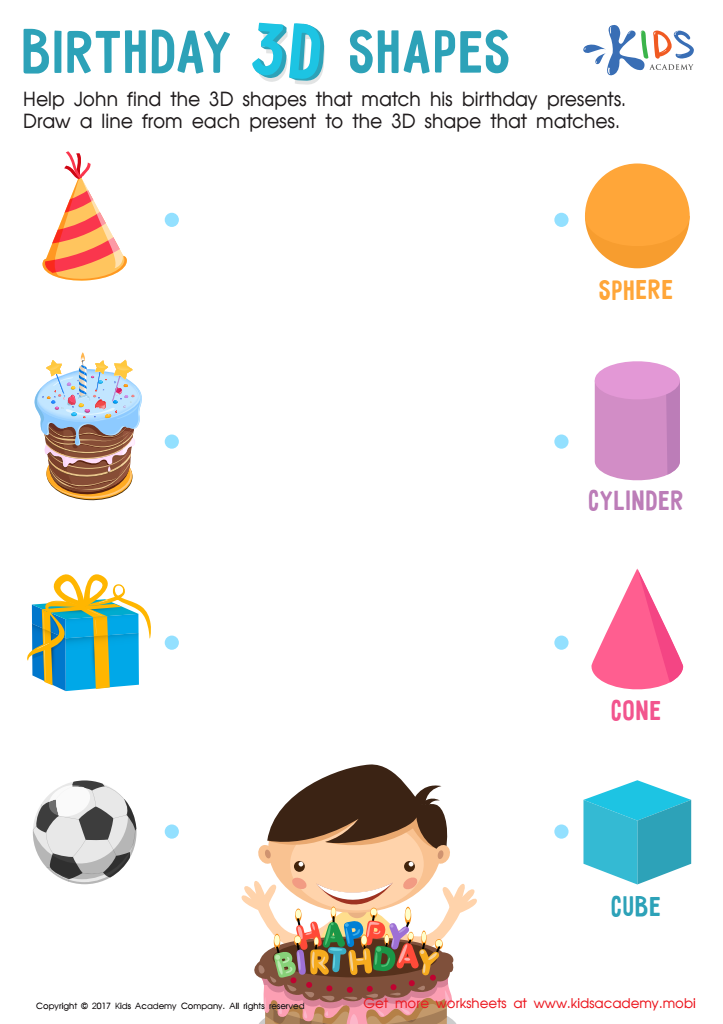

Birthday 3D Shapes Worksheet
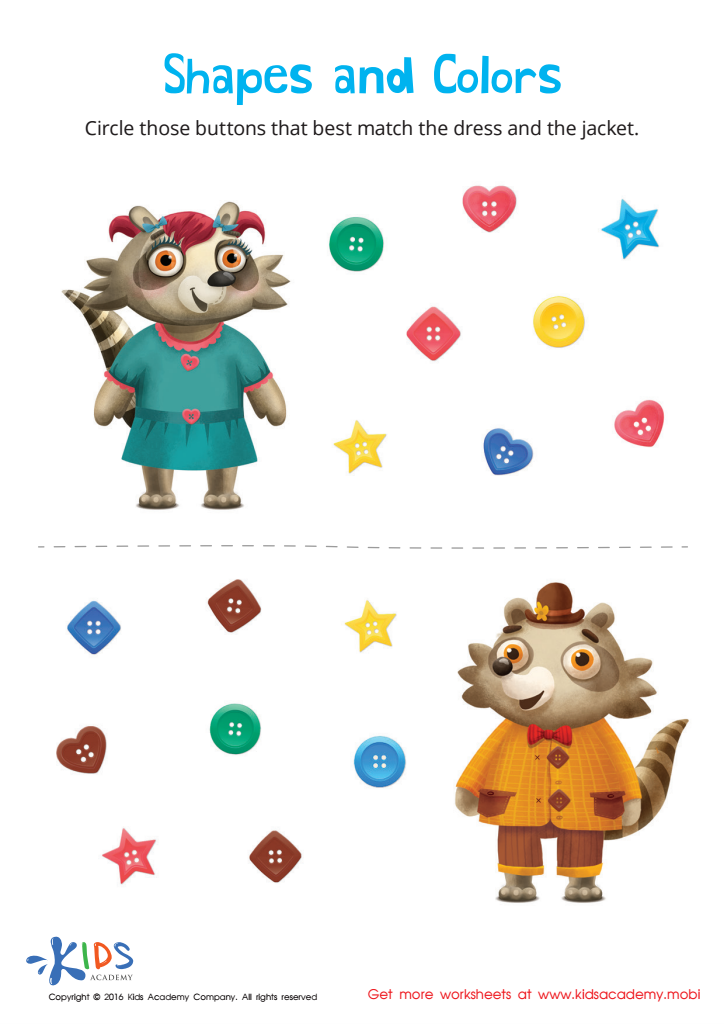

Matching: Shapes and Colors Worksheet
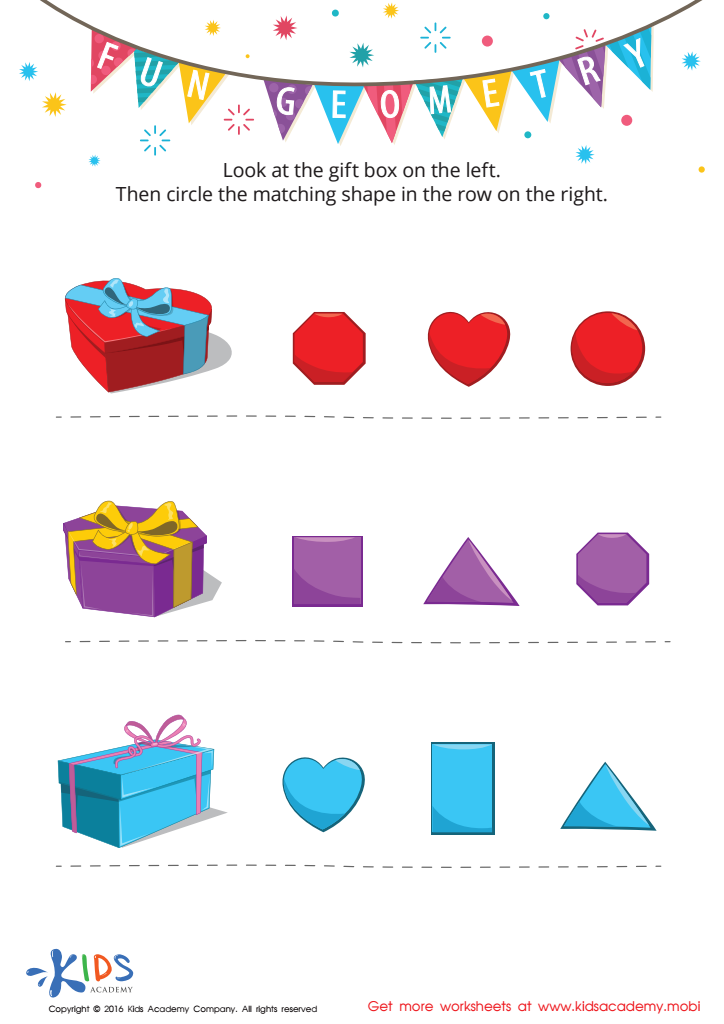

Fun Geometry Worksheet
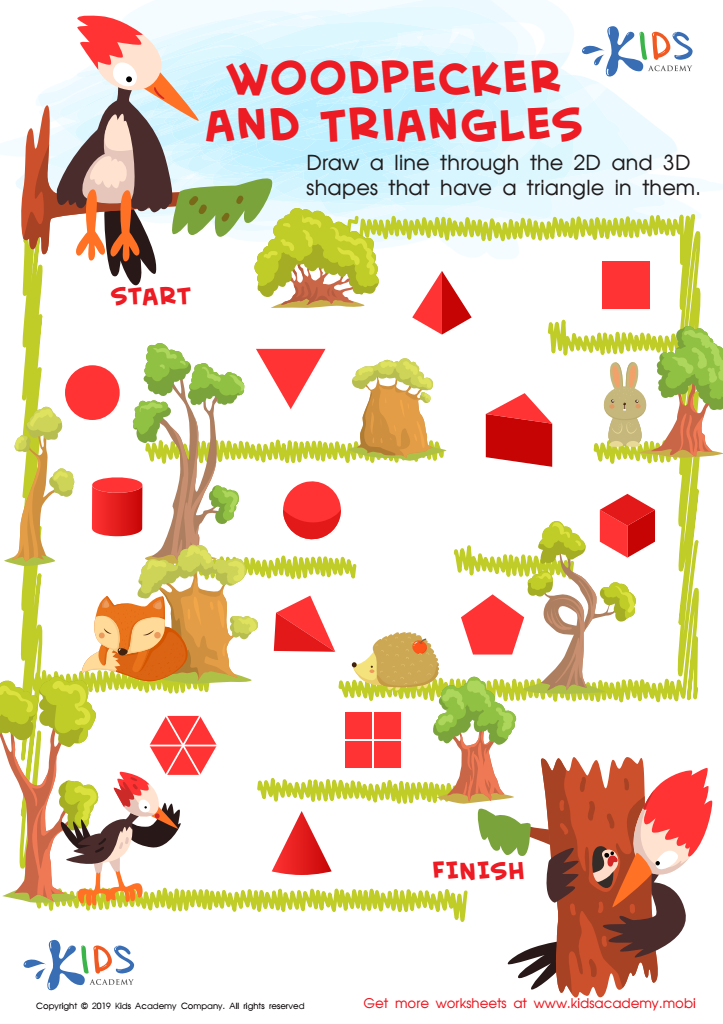

Woodpecker and Triangles Worksheet
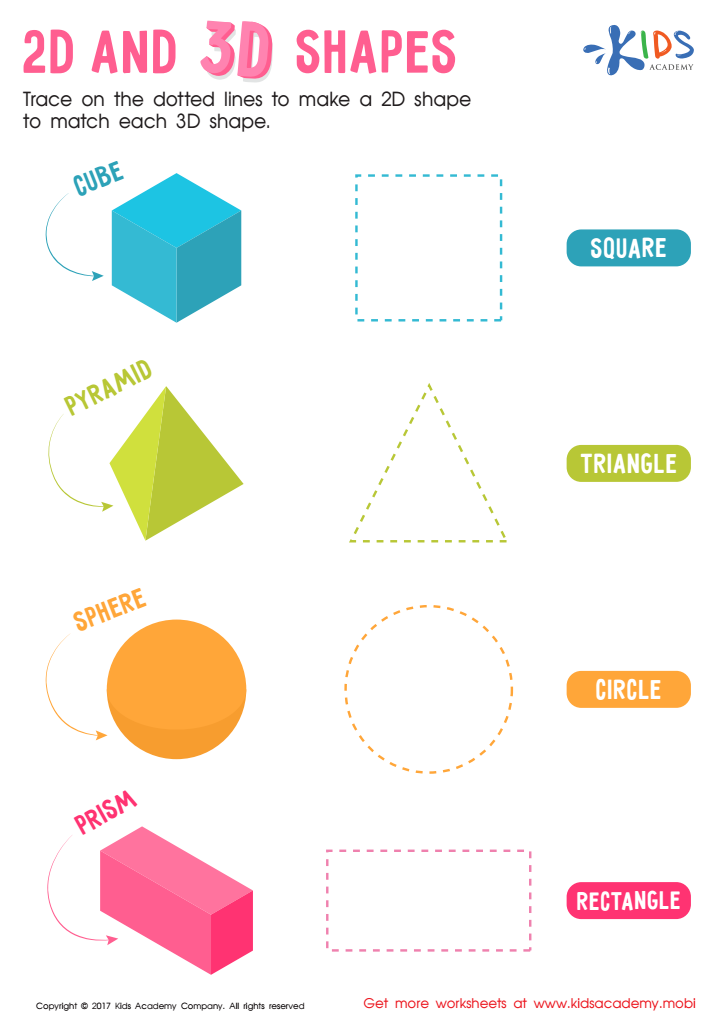

2D and 3D Shapes Worksheet


Trace and Draw More Shapes Worksheet


Shape Sorter Worksheet
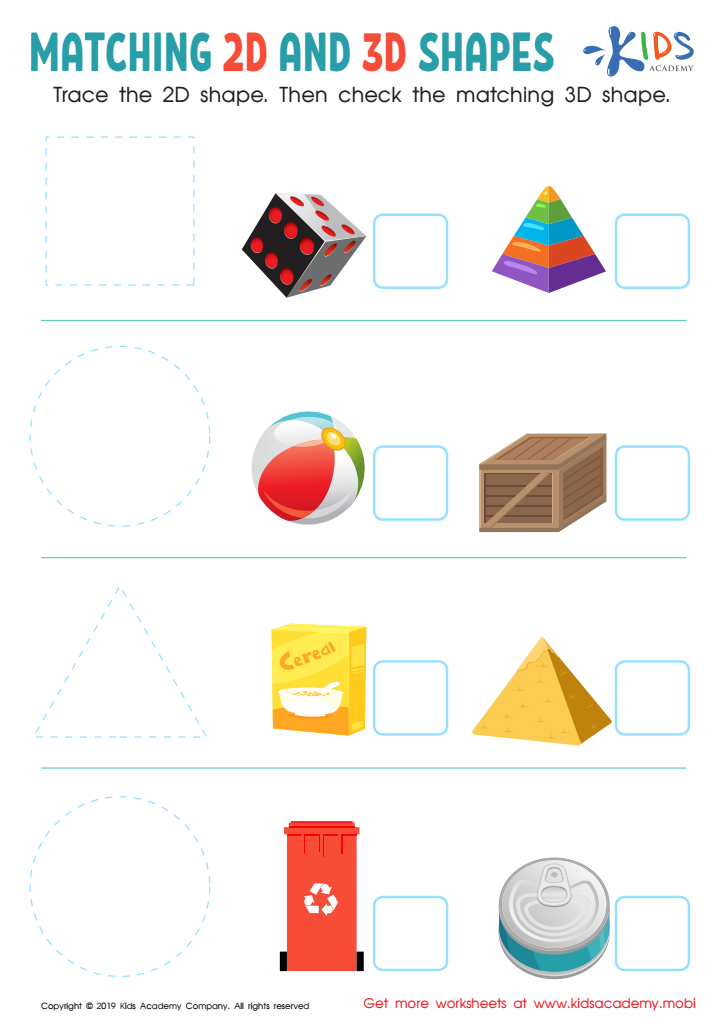

Matching 2D and 3D Shapes Worksheet
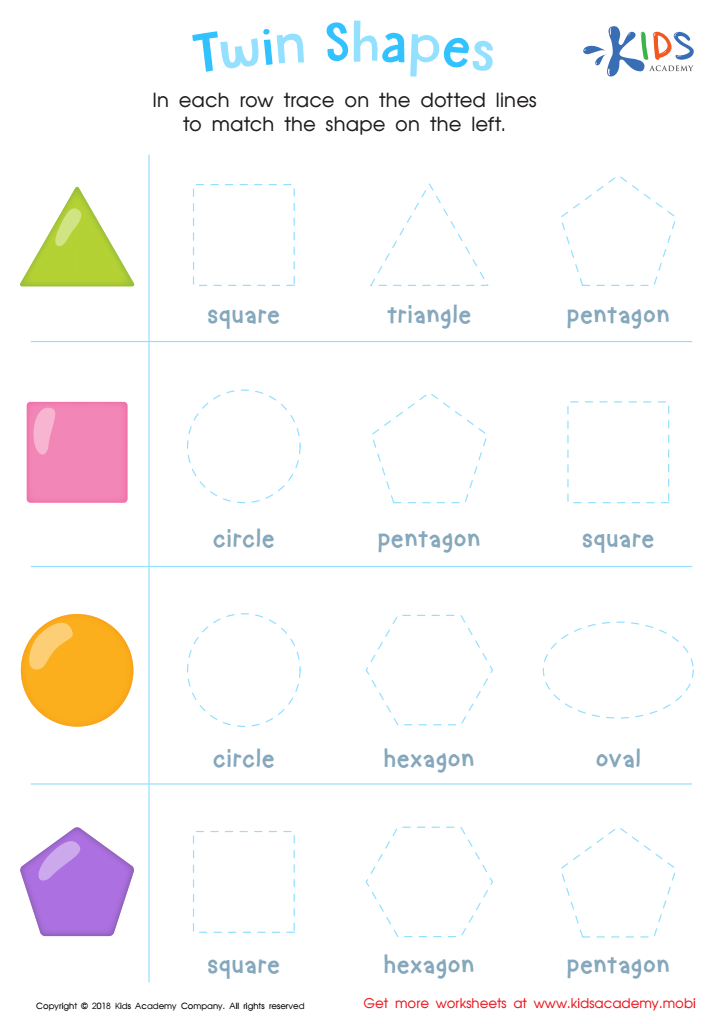

Twin Shapes Dot-to-Dot Worksheet
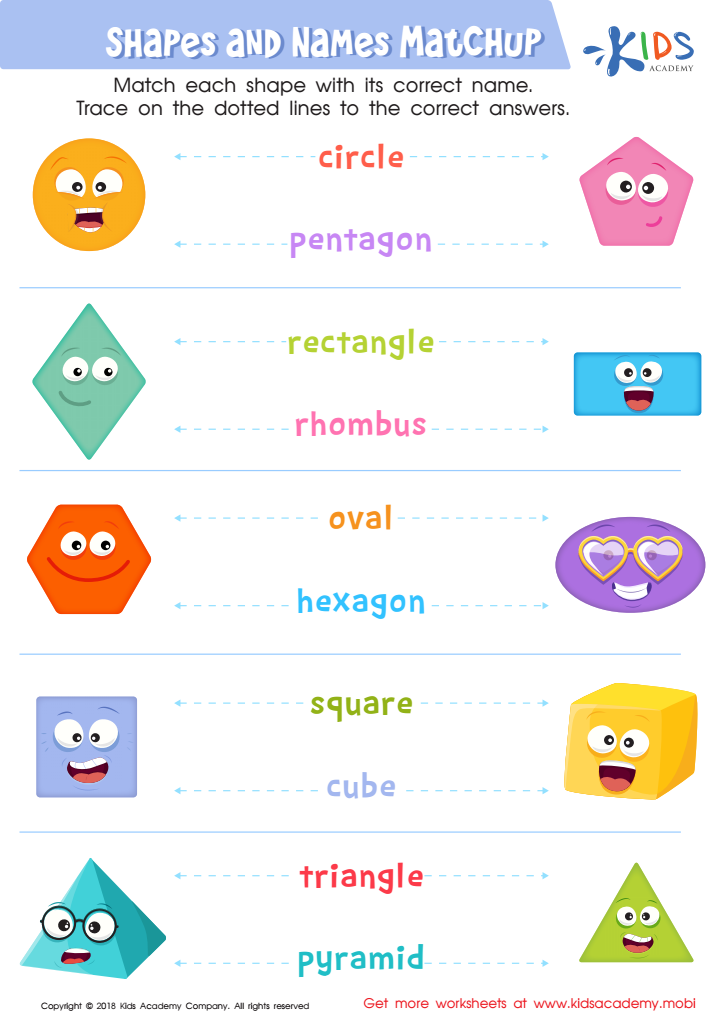

Shapes and Names Matchup Worksheet
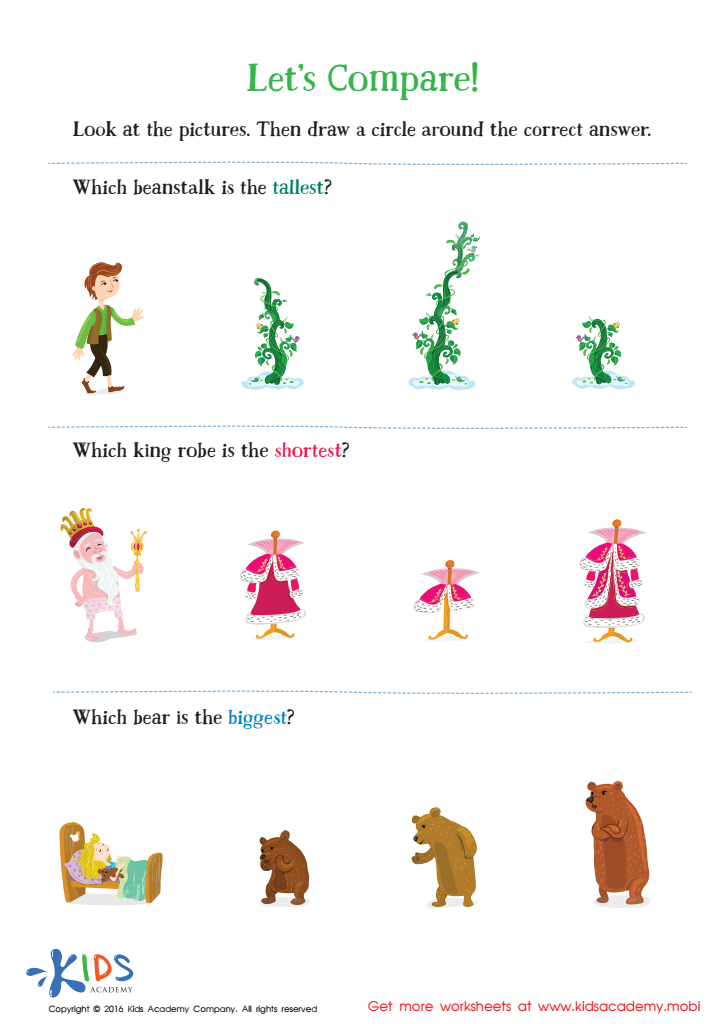

Fairy Tale Worksheet: Let's Compare
Shape Recognition is a foundational skill that plays a crucial role in cognitive development for children ages 4-6. Engaging students in extra challenges enhances their ability to identify, differentiate, and manipulate various shapes, which encourages critical thinking and problem-solving skills. Shape recognition goes beyond identifying shapes; it serves as a gateway to understanding geometry, improving spatial awareness, and fostering math readiness.
For parents and teachers, encouraging shape recognition helps set the stage for future academic success. Children who master early shape knowledge are better equipped to approach subjects such as mathematics and science as they advance in education. By integrating shape recognition exercises into play, parents and teachers can create a fun and supportive learning environment that promotes curiosity and exploration.
Additionally, these challenges often encourage collaboration and social interaction among peers, fostering important interpersonal skills. Understanding shapes also contributes to language development, as children learn to articulate their thoughts and ideas regarding shapes and spatial relationships. Ultimately, investing time and resources in shape recognition activities benefits not only the child’s academic growth but also their social, emotional, and cognitive well-being. It's a fundamental building block for a well-rounded early education experience.
 Assign to My Students
Assign to My Students





.jpg)
